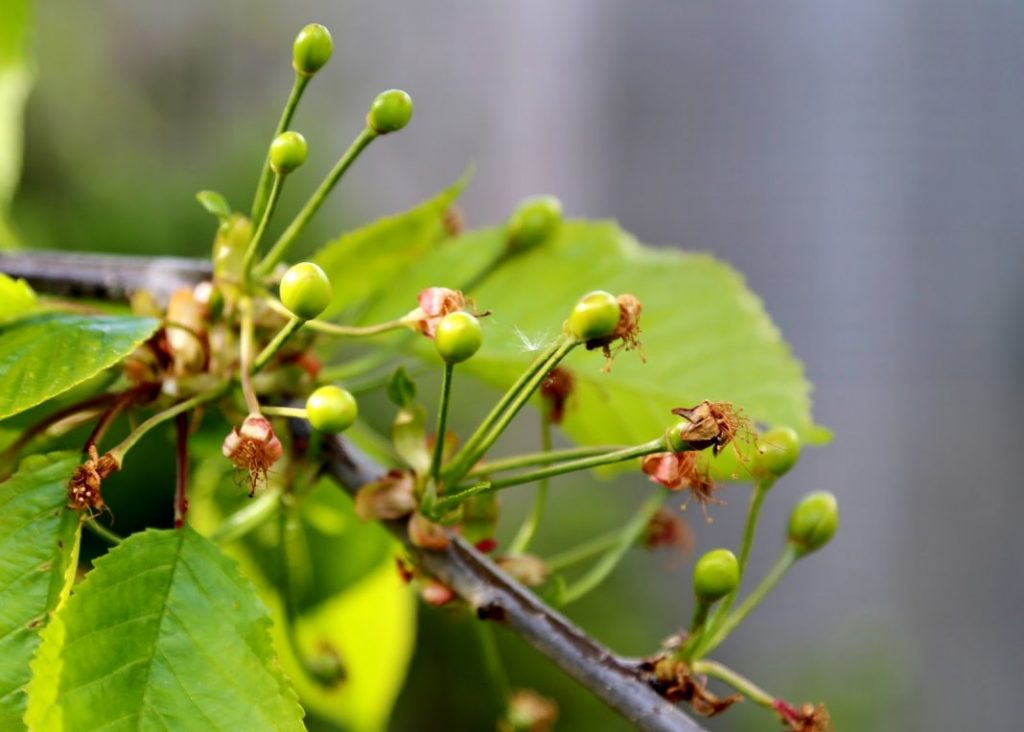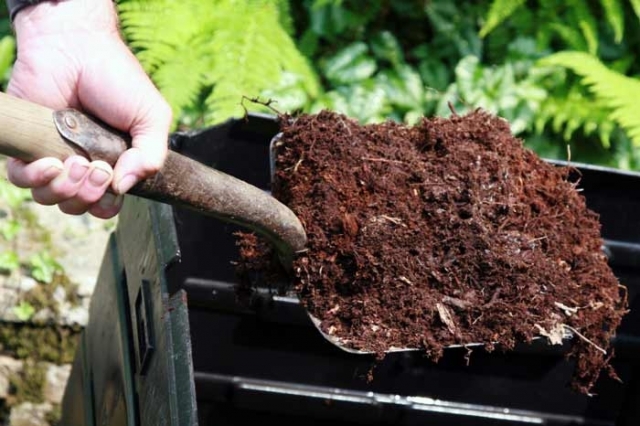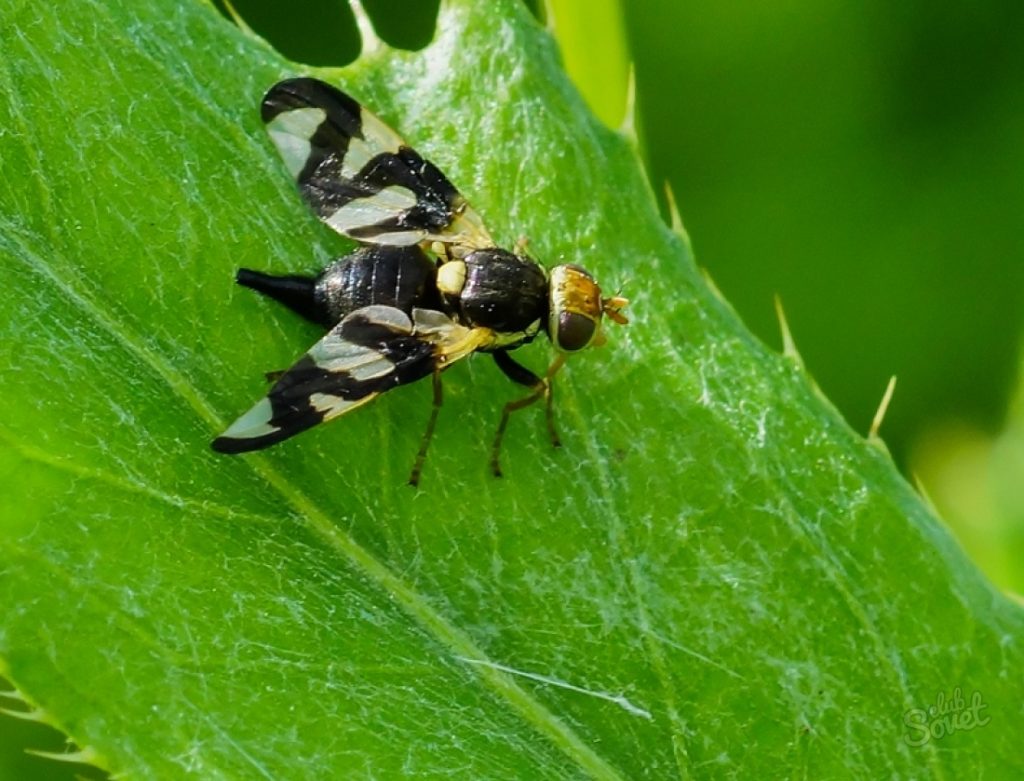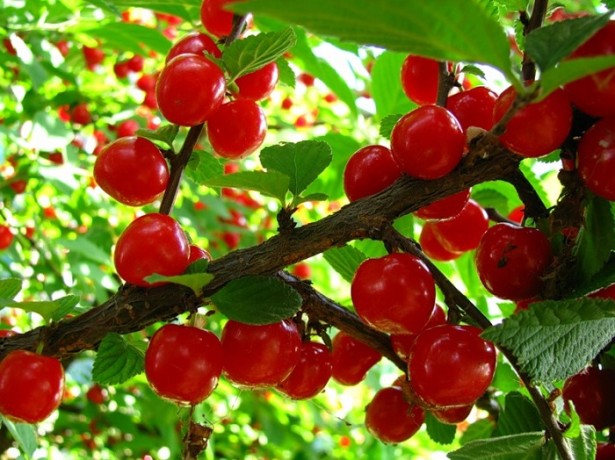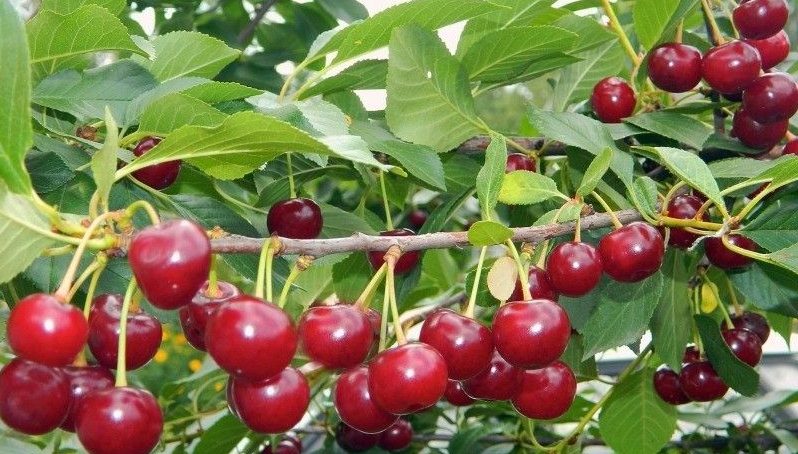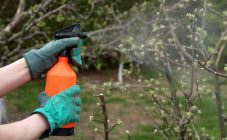Content:
Cherry is a stone fruit crop. Its fruits have valuable properties, the berries contain organic acids, sugars, vitamins. There are more than 130 varieties of cherries in the world. But not everyone succeeds in growing this tree. Sometimes it seems that the planting and care is correct, but then why does the ovary fall off the cherry?
Popular varieties
In Russia, the most common are:
- Vladimirskaya... Differs in early maturity, excellent taste, versatility. Disadvantages: self-fertility, low frost resistance, susceptibility to coccomycosis, moniliosis, sensitivity to climatic conditions and shattering of berries.
- Shubinka... It is characterized by unpretentious care, frost resistance, good yield, late ripeness. Disadvantages: partially self-fertile, has a sour taste, medium resistance to fungal diseases, such as coccomycosis.
- Chocolate girl self-pollinated, resistant to frost, drought, has a high yield, large berries, pleasant to the taste. Disadvantages: average resistance to diseases, in particular, coccomycosis, moniliosis, low life expectancy (only 17 years).
Causes of ovary shedding
Many gardeners are wondering why cherries crumble after flowering. There are several reasons for this:
Nutrient imbalance
The culture may stop growing completely, flowering will be weak or completely absent. There is a threat of the ovary falling off. In this case, you need to feed the cherry and sweet cherry bushes with a complex fertilizer consisting of potassium, phosphorus, nitrogen (50 g per 1 m²). You can use an infusion of mullein, bird droppings (at least 2-3 buckets). Water the ground well beforehand. Also use nitrate or urea with potassium sulfate and superphosphate (20 g per 1 m²), preparation for cherry ovary.
All dressings need to be applied alternating with each other. In the spring-summer season at least 3 times. It is especially important to do this in the spring before the buds appear, when the plants are actively awakening, as well as after cherry blossoms and in autumn.
Increased acidity of the soil
This leads to an abundant overgrowth of foliage, which begins to curl. The fruits will not be able to set, will be small, immature, and will quickly disappear.
Lime or dolomite powder (400 g per 1 m²) will help to correct the situation. It is scattered around the trunk within a radius of 1 m. You can also spill it with a solution of chalk or ash (1 tbsp. Spoon for 1 bucket of water).
Crown density
Not enough light is another reason why cherries shed their ovaries. What to do? Before the buds bloom, you need to timely cut off excess, damaged branches, as well as the crown. It is recommended to additionally remove young shoots after picking berries.
Low water
Moisture deficiency is considered a serious reason why the ovary on the cherry is crumbling. This negatively affects the root system, it does not develop. The tree may not bloom at all.
Self-infertility of culture
Cherry trees are among the plant species that are cross-pollinated. Only a few of them form fruit on their own. The berry is formed when the pollen of a neighboring culture falls on the flower. This circumstance explains why there is no cherry ovary.
All cherry bushes are classified into several varieties:
- self-infertile are able to provide only 5% of the ovary with their own pollen;
- partially self-fertile form 20%;
- self-fertile can give more than 40%.
For Vladimirskaya cherries, the following varieties are considered the best pollinators: Molodezhnaya, Fertile, Shubinka, Lyubskaya, Zhukovskaya. For the Lighthouse type - Generous, Polevka, Ural ruby. Cherry Shokoladnitsa belongs to the self-pollinating type.
Bountiful harvest last season
This is a significant reason why cherries fall off. In a fertile period, the tree needs special care. After the harvest is removed, the plant is abundantly watered and fed.
In autumn, fertilizers are applied along the border of the crown (since the suction roots are located there). Take humus (15 kg), potassium-magnesium composition (100 g), superphosphate (300 g) per 1 m². This will prevent shedding of the fruit.
Close occurrence of groundwater
Another reason why cherry sheds ovaries. Under the place where trees grow, groundwater should lie at a depth of more than 2 m. Otherwise, the bushes should be planted on a sufficiently high embankment.
Unfavorable weather during flowering
Rain, drought, wind, cold, frost are considered the main culprits of cherry falling. Pollen can retain its ability to fertilize plants for only 3 to 5 days. On cool, rainy days, insects do not fly, which means that the berries will not be able to set in time. When it's hot, the properties of pollen are reduced, it quickly crumbles.
To attract bees, you need to spray the bushes with honey composition (1 liter of water per 100 g of honey). In hot weather, increase watering, irrigate the crown with water or sugar solution.
Diseases
First of all, this is perforated spotting, or klyasternosporiosis. Initially, the leaves are covered with spots of light brown color, then holes appear on them. After some time, the leaves dry and discard. If the fungus gets on the berries, they become depressed. Juice flows out of the fruit. Affected flowers and buds fall off. The damaged areas should be removed. After flowering, spray the tree with copper sulfate or Bordeaux liquid.
Coccomycosis, which causes marsupial fungus. The leaves are covered with pink bloom. Gradually the controversy gets deeper. Drying and discarding of foliage occurs. The tree throws off unripe cherries. The plant becomes weak. With the onset of the first frost, the probability of its death is high.
Control measures:
- carry out a thorough cleaning of last year's fallen leaves;
- remove damaged leaves;
- rid the plant of weeds;
- cultivate the soil in the spring;
- spray three times with copper sulfate (before the bushes begin to bloom, during flowering, after harvest).
Symptoms:
- Leaves wither, fall off. Blossom, gray growths appear on the bark, berries, which is considered the cause of their decay.
- Drying of fruits occurs. The tree can drop them. Individual cherries weigh until spring. The branches are covered with cracks, subsequently die.
Treatment and prevention:
- remove all affected leaves, fruits, branches (cutting out to capture a little more than 10 cm of healthy areas);
- treat the soil and wood with vitriol or Bordeaux liquid (for 20 l 600 g). Cover the cut off places with garden pitch.
Pests
Fruit may fall off due to insect pests. Cherry fly damage can be up to 90%.She lays eggs inside the fruit. The worms that appear eat the green berries from the inside.
What measures are being taken? Early varieties of cherry and cherry trees are planted. During the entire warm season, they intensively loosen the soil around them.
Spray with insecticides at least 2 times per period. Before the buds swell, as well as in late autumn, the trunk space is dug to a depth of 23 cm.
The cherry slimy sawfly lays its eggs in the soil. Pupae appear in June. Adult larvae are small (only 5 mm) and resemble leeches. They eat leaves, fruits. The fight against them is carried out by loosening, digging up the earth of the trunk circle. After removing the berries, they are treated with an infusion of makhorka, wormwood, soda ash (70 g per 10 liters of water) and laundry soap.
Cherry aphids settle on the underside of leaves, pedicels, and upper parts of branches. The tops of the young growth curl up, droop, development is inhibited.
The control measures are very simple. The tree trunks are tied with pieces of cloth soaked in honey. A solution is prepared: ash (300 g) is poured with boiling water (3 l). Leave for a day. Add grated tar soap (2 tablespoons). Bring the volume of the composition to 10 liters, filter, pour in 2 tbsp. spoons of 9% vinegar. They are processed before flowering, 14 days after its completion.
The yellow sawer, or cherry weevil, also loves cherries. It is a golden beetle. He is capable of causing significant damage to the crop. Spends winter in the ground, in spring it gets out on the surface of the ground. How to deal with it? Spray bushes after flowering with karbofos. If necessary, re-processing is carried out after 10 days. You also need to dig up the soil in the fall.
Proper care of cherry trees will not allow the ovary to fall off, which means it will increase productivity and prolong the viability of the plant.
